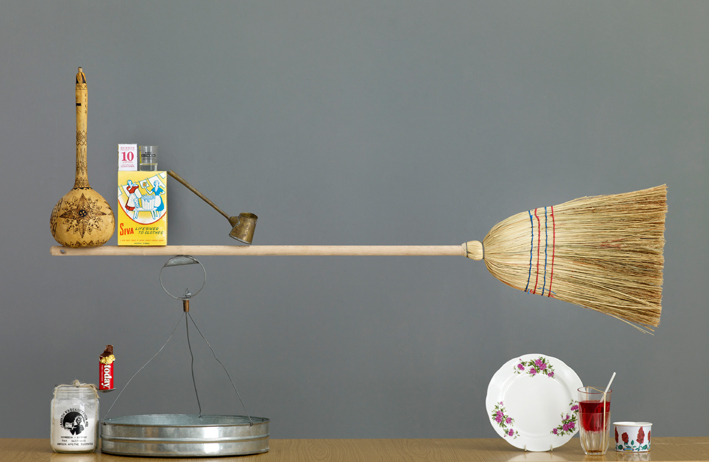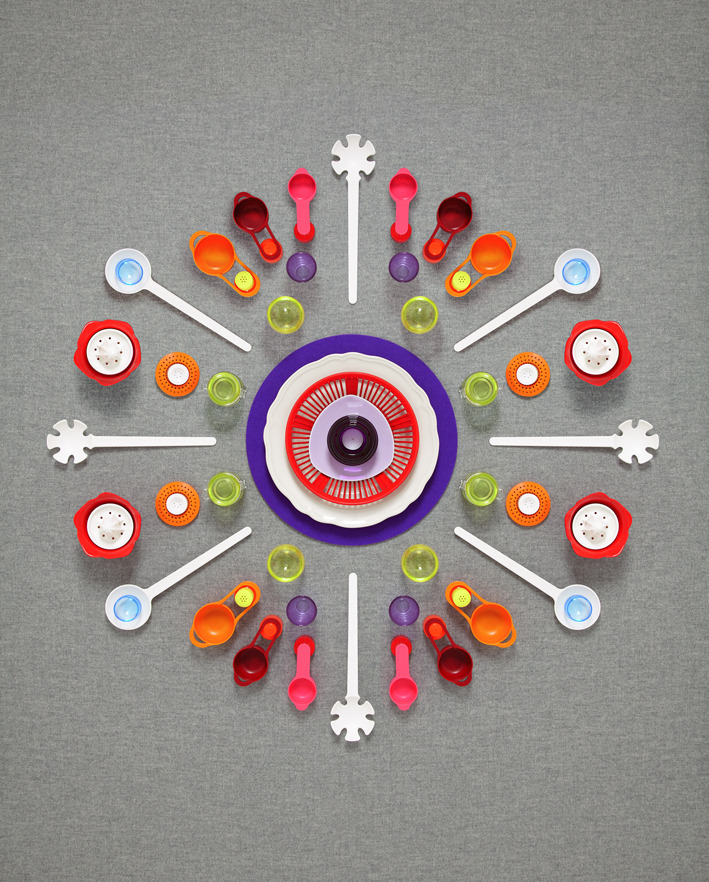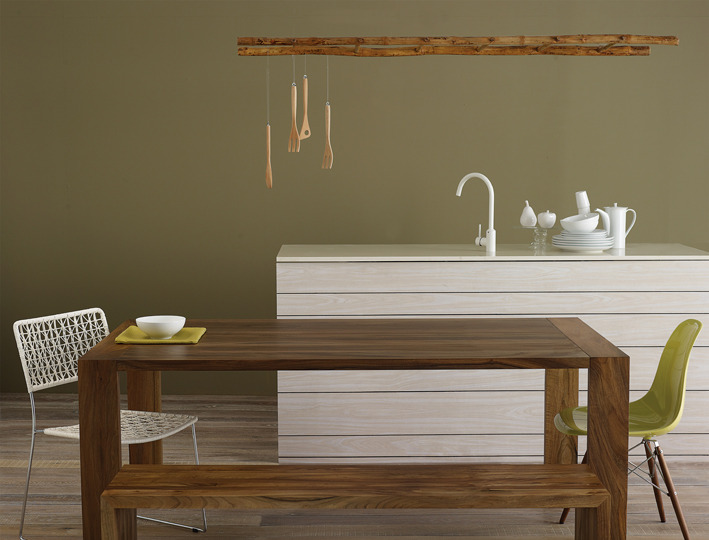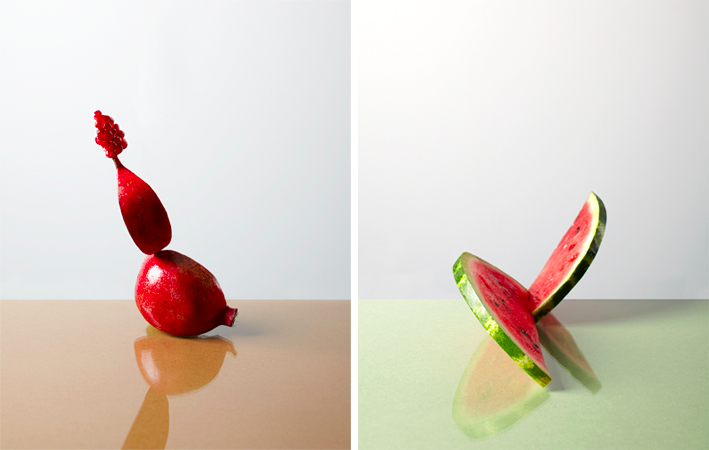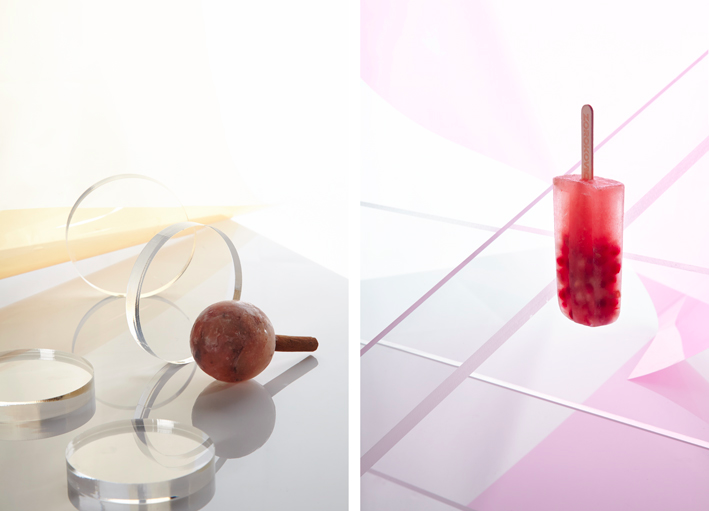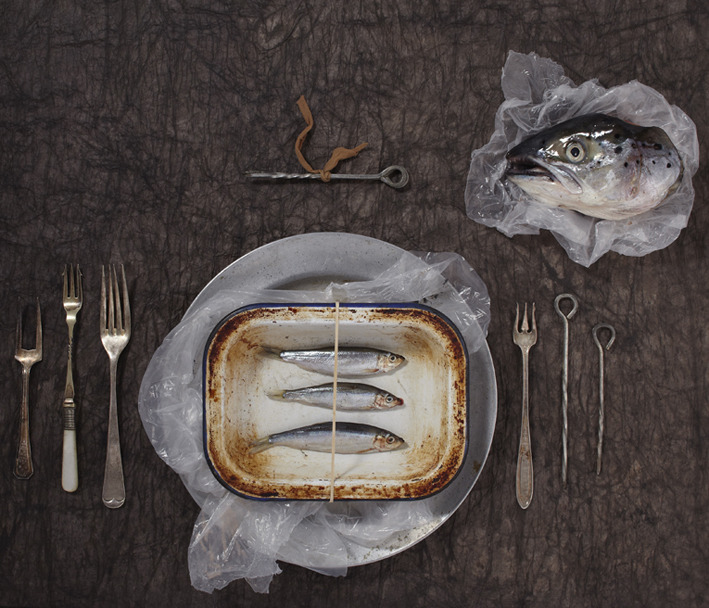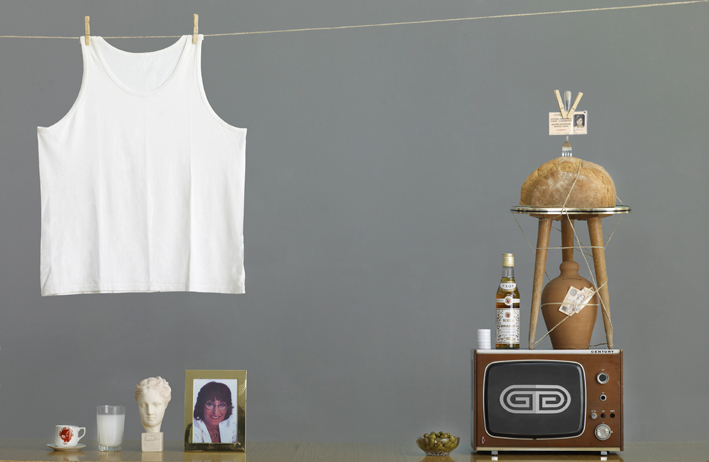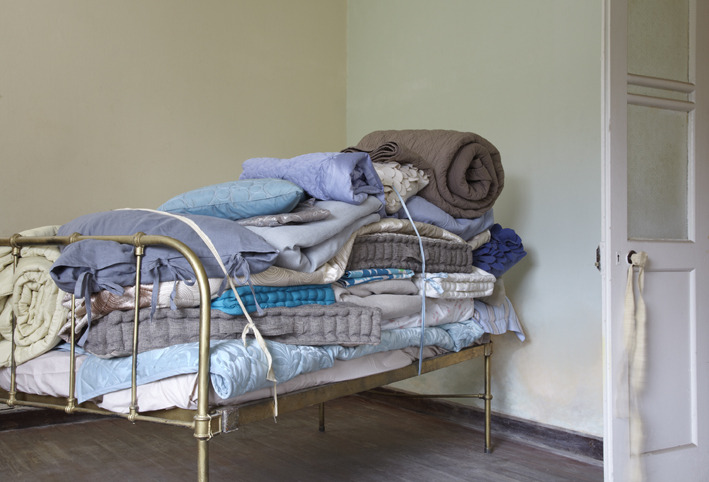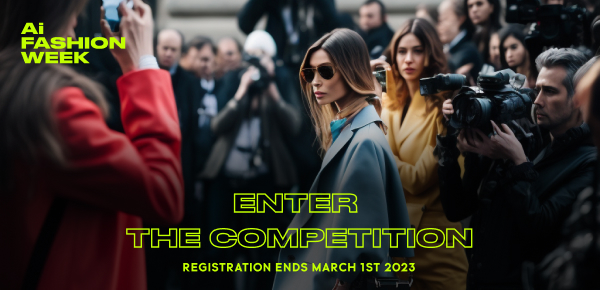When it comes to color and composition, set designer Aliki Kirmitsi is a true master.
Her works are bold and fantastical at once and each has a very clear underlying narrative. One of Kirmitsi’s greatest strengths as a designer is her ability to draw inspiration and compose beautiful sets from very ordinary objects, making what people may consider mundane completely new and fascinating. We wanted to know more about Kirmitsi, whose work we recently featured and fell in love with, so we asked her about her design point of view and the inspiration behind her whimsical work.
TL: Your work features common, everyday objects in very unexpected ways, forms, and arrangements. Have you always been inspired by your everyday surroundings?
Kirmitsi: Everyday-life surroundings and items have an honest and raw quality to them; they are real and carry memories. People can relate to them on a more personal level, I love that. I find anything that’s normal and simple fascinating. I go through periods where eggs, and how many kinds there are out there, impress me and then I move on to things like pipes and ropes.
TL: Your work has a fantastical, almost childlike quality to it. Is childhood an inspiration for you?
AK: It’s more a way of approach. I’m inspired by just about anything and I try to represent and approach an idea in a childlike manner. It’s a play of senses, and play is a childlike action.
TL: Do you let the objects in your sets determine the composition, or do you imagine a composition and then find objects to realize your vision?
AK: It varies; when a project allows me to, I will imagine a set and then seek the objects to realize it. Sometimes certain items will give an unexpected tone to the space. In other cases there are objects that inspire me and they usually determine their place in the set as well as the composition around them.
TL: What is your process like? How do you find/collect the objects in your sets? Do you try many arrangements or do you always have a clear idea of your end result? Does the outcome ever surprise you?
AK: The outcome will surprise me everytime. Even when the set is clear, the feeling of an idea becoming a physical reality will always amaze me. It’s the surreal feeling of walking into an imagined space. The process of setting up is almost ceremonial; I will try many arrangements; questioning the relationship between object and space. An object will move around in the set endlessly and it might then find itself back in its initial position. It’s a path it needs to take.
TL: Composition is obviously a huge part of your work, but you also rely on color, texture, shape, light, and many other elements. What elements do you feel are most important for a successful design?
AK: I feel that a design is successful when there is a harmonious flow between the elements that compile it.
TL: How does your background as an art director for film and TV influence your work today?
AK: Styling through a lens is creating an image that physically exists for a fraction of time; it’s a temporary world. That process is the same for both film and photography. In film though, for things to exist in a set they need a purpose, a reason to be there. They are an important element in the weaving of the story. That is something that has stayed with me; I feel that the elements that create the image must be important in the making of the story or else they really shouldn’t be there.
TL: Your work is aesthetically interesting, but also tells stories. What deeper ideas does your work communicate?
AK: That space is poetry and things can be sculptural.
TL: As for your work with food – food photography is such a trend today, especially with social media like Facebook and Instagram that lets just about anyone be a photographer. What do you think of this trend?
There are positive and negative aspects to this trend. I find it rather fascinating, as I feel it taps into people’s creativity. People get self-educated in regards to visual stimulations. They ‘practice’ composition and framing. This education creates in its turn a bigger need for beautiful images and that makes our profession more challenging. The negative side would be the misconception at times that a ‘filter’ makes an image. Overall I am not one to complain, as I am a big Instagram fan.
TL: How is it challenging using edible materials as opposed to other objects?
AK: They have a short life span. A chair doesn’t look ‘troubled’ after 20 minutes under a photographer’s lights. Food will bruise, lose its color, shape and shine… It needs special care. Therefore one is allowed a limited amount of time to work and a more delicate way of handling it; then again that’s what makes it so beautiful.
TL: What kinds of objects do you feel give you the most creative potential?
AK: Definitely food. It’s the Universe’s little sculptures and I get to play around with them. Food is alive even when its not.
TL: How do you see your work moving and evolving over the next few years?
AK: I would love to explore more raw materials and food. Also we are discussing the idea of moving towards product design as well. Hopefully some happy surprises will come my way!


